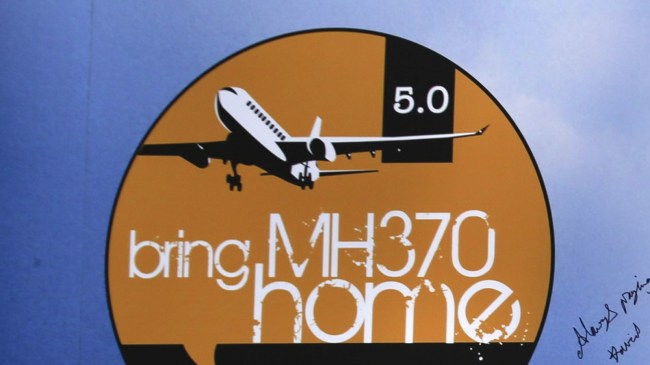Getty Image
It has now been over 10 years since Malaysia Airlines Flight MH370 vanished without a trace, taking with it the 239 people who were on board the plane.
There have been countless theories as to what happened to the missing plane and numerous actual attempts to try and locate it and the people who disappeared with it.
All sorts of experts have offered their opinions on what happened and where they believe the plane is located.
Now, scientists have come up with a new idea for finding the wreckage of missing Flight MH370 (assuming it actually crashed somewhere and wasn’t hijacked).
According to a study recently published by Cardiff University researchers in the journal Scientific Reports, controlled underwater explosions could create signals that are picked up by underwater microphones. Those signals could then be used to locate Flight MH370.
“Our analysis shows clear pressure signals from previous aircraft crashes were detected on hydrophones, even at distances exceeding 3,000km. In the case of MH370, official investigations concluded the aircraft must have crashed near the 7th arc — the point at which the last communication between the plane and INMERSAT occurred,” said Dr. Usama Kadri, Senior Lecturer at Cardiff University.
Using more than 100 hours of data recorded by hydrophones of 10 aircraft accidents and one submarine disappearance, the researchers have set a baseline for what kind of “acoustic signature” would have been generated by Malaysia Airlines Flight MH370 crashing into the ocean.
“Adhering to the official narrative, it can be asserted with confidence that if MH370 did crash in the vicinity of the 7th arc, then hydroacoustic signals should have been detected at least at H01W. Within the specified time window, only a single signal of interest at a bearing of 306 degrees has been identified,” the scientists wrote in their paper.
They recommend authorities use controlled explosions or airguns along the 7th arc while monitoring the signals received at surrounding hydroacoustic stations, including one located less than 2,000 km away from the 7th arc at Cape Leeuwin, Australia.
“Similar exercises were performed in the search and rescue mission for the ARA San Juan, a submarine that vanished off the coast of Argentina in 2017,” Dr. Kadri said. “This shows us that it is relatively straightforward and feasible and could provide a means to determine the signal’s relevance to MH370, prior to resuming with another extensive search.
“If found to be related, this would significantly narrow down — almost pinpoint — the aircraft’s location. On the other hand, if the signals are found to be unrelated, it would indicate a need for authorities to reassess the time-frame or location established by their official search efforts to date.”

